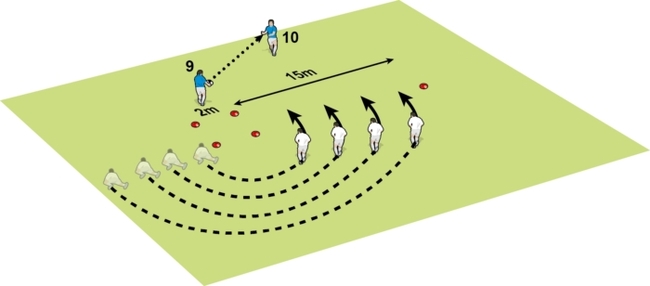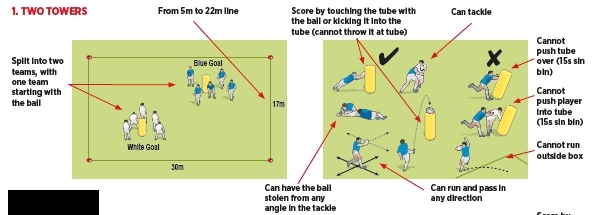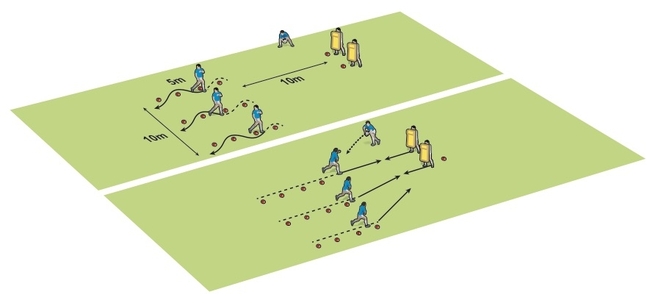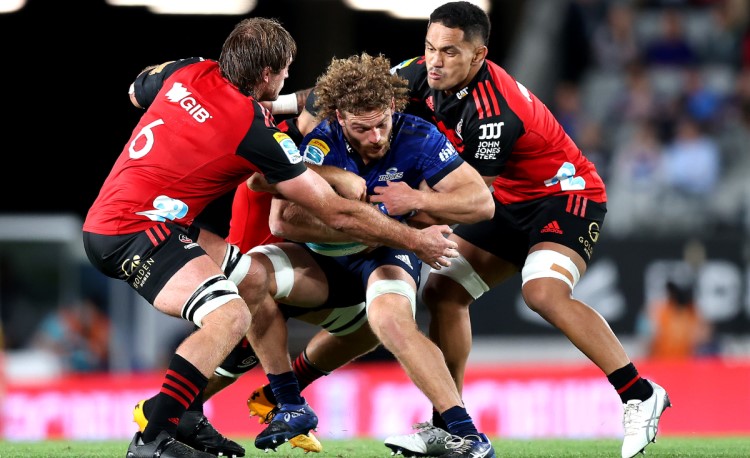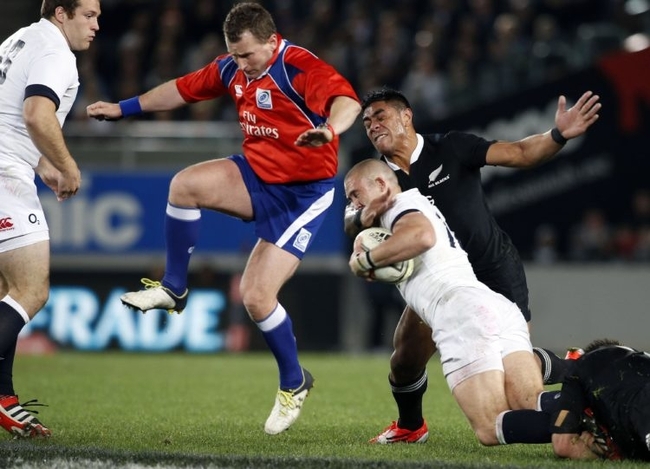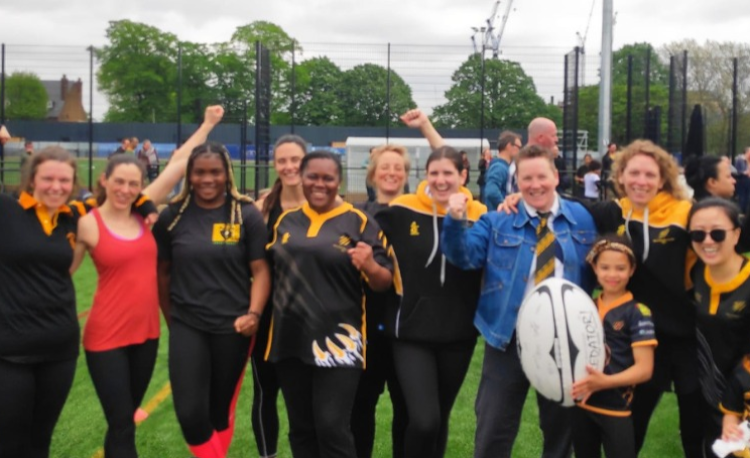You are viewing
1 of your 2 free articles
There's so much to do! What first?

Whether you won or lost this weekend, I expect you are thinking “there’s still so much to do”. No matter if you are just starting the season or mid-season, it always seems to be the case.
Here is the good news: all the other teams are in the same predicament.
The way forward? Balance your current needs with your future requirements. The current need is for instant improvements. This is important for both your side and for you. Your players want to see themselves as better players, and feel they are making progress.
What gives you this sort of instant success? Fitness is always a winner, as is building on your strengths. Both make sense. Fitter players, executing good skills better, will demonstrate improvement.
But you also have to consider building a team for the future – and developing tactics and techniques, which takes time. In which case you say the following to your team: “We need to improve our [INSERT HERE YOUR TECHNICAL/TACTICAL WEAKNESS], and will implement a plan to have to be better in [INSERT NUMBER] weeks’ time”.
Every week, you can build up the sophistication of that tactic and technique. Small doses, layer on layer of learning and testing. I did this twice in detail recently – once with a defensive system and once with our contact area.
For example, we had no proper ruck chain (a defensive system around the ruck) which could pressure the opposition on slow ball. I told them it would take time, and we built it up in stages. We spent ten to fifteen minutes each week – first on getting players into position, then on moving forward, then on arriving from different situations.
It worked in its full form after six weeks, the time when I said we would judge our progress. Patience paid off for developing higher order skills.
Here are some training ideas you could use...
Newsletter Sign Up
Coaches Testimonials

Gerald Kearney, Downtown Las Vegas Soccer Club

Paul Butler, Florida, USA

Rick Shields, Springboro, USA

Tony Green, Pierrefonds Titans, Quebec, Canada
Subscribe Today
Be a more effective, more successful rugby coach
In a recent survey 89% of subscribers said Rugby Coach Weekly makes them more confident, 91% said Rugby Coach Weekly makes them a more effective coach and 93% said Rugby Coach Weekly makes them more inspired.
Get Weekly Inspiration
All the latest techniques and approaches
Rugby Coach Weekly offers proven and easy to use rugby drills, coaching sessions, practice plans, small-sided games, warm-ups, training tips and advice.
We've been at the cutting edge of rugby coaching since we launched in 2005, creating resources for the grassroots youth coach, following best practice from around the world and insights from the professional game.
More from us
© 2023 Rugby Coach Weekly
Part of Green Star Media Ltd. Company number: 3008779
We use cookies so we can provide you with the best online experience. By continuing to browse this site you are agreeing to our use of cookies. Click on the banner to find out more.

